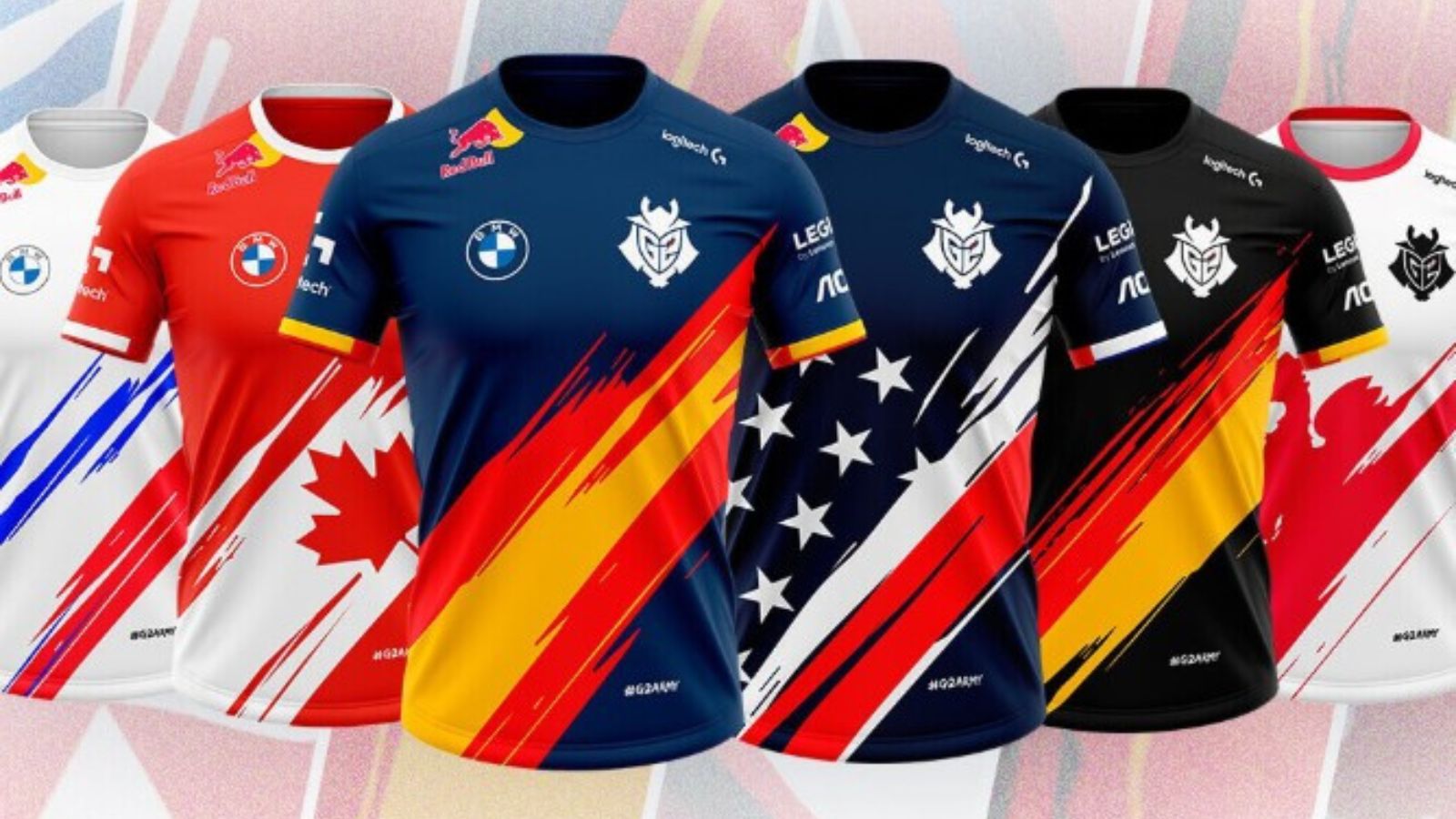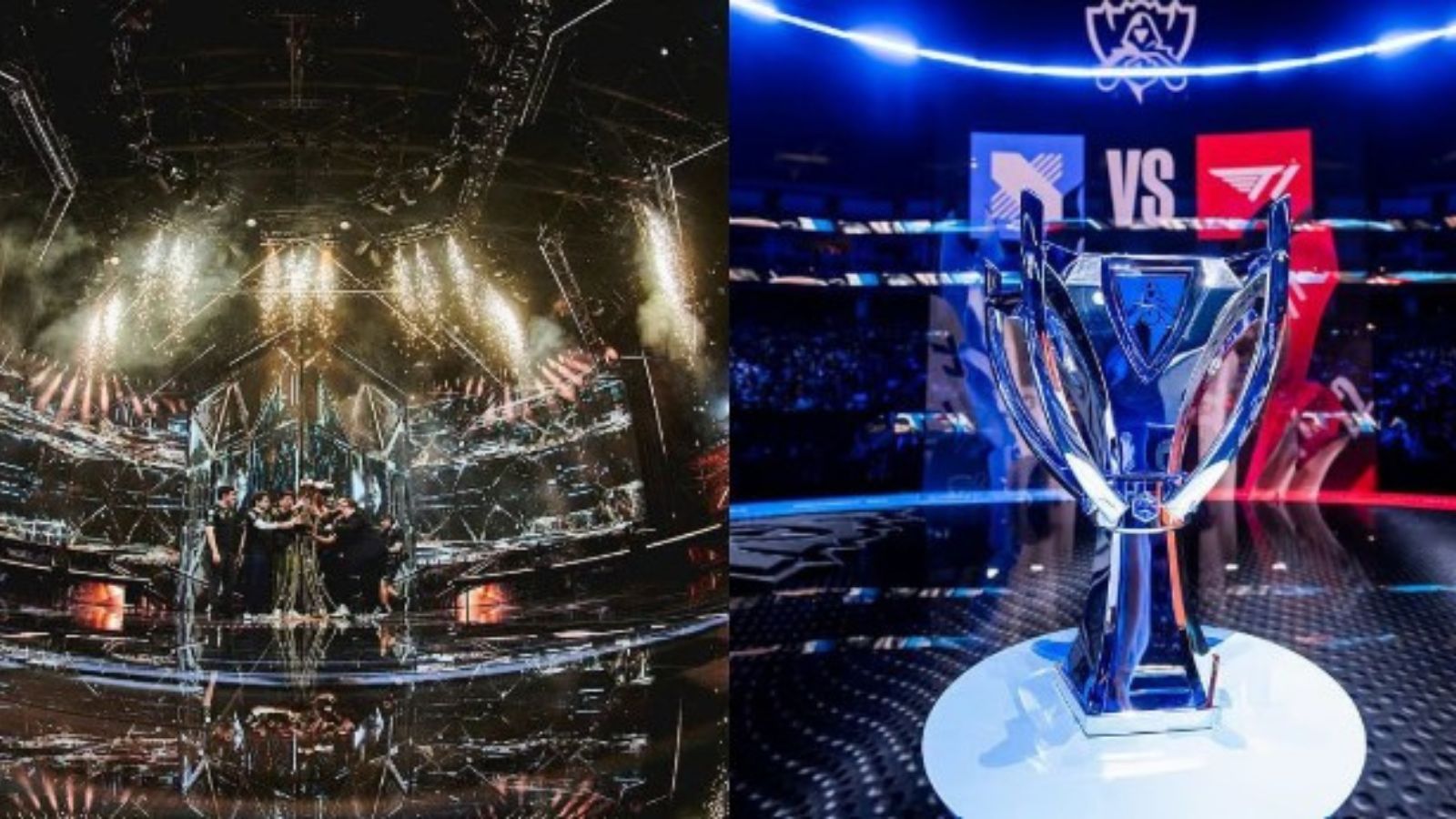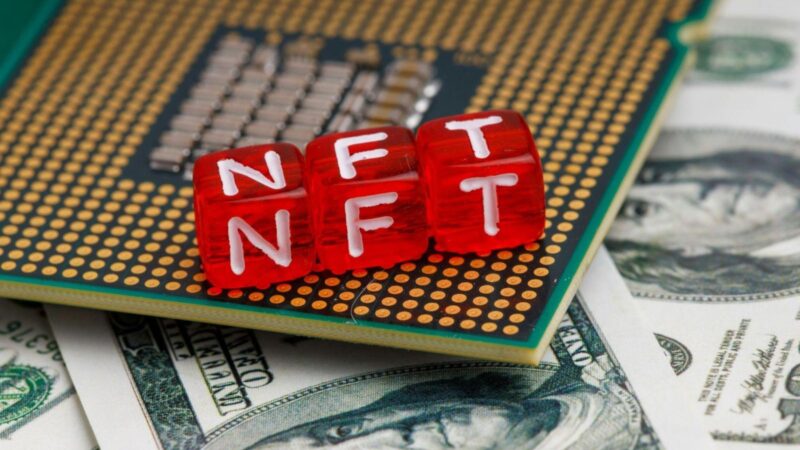
Esports has evolved from a niche passion into a global industry, captivating millions of fans and generating billions in revenue. Professional teams are now structured more like modern businesses than casual gaming groups. Their income streams extend well beyond prize pools, revealing a layered economy rooted in branding, partnerships, and intellectual property. The transformation of esports into a mature business model highlights the growing influence of gaming on mainstream entertainment, digital marketing, and global media trends. As this growth continues, organizations are mastering the art of balancing competitive performance with financial sustainability, ensuring long-term relevance in a competitive global market.
Sponsorships: The Lifeblood of Esports Organizations
For most esports teams, sponsorship deals represent the largest chunk of their financial stability. Well-known organizations such as FaZe Clan, Team Liquid, and G2 Esports collaborate with global tech companies, energy drink brands, and even car manufacturers. These strategic partnerships provide steady funding for operational costs, player salaries, and tournament logistics. The significance of these agreements extends beyond finances, as sponsors often contribute to the professionalization of the industry through joint marketing campaigns, specialized training tools, and even physical infrastructure support. The most successful partnerships are built on shared values and long-term collaboration, where both the sponsor and the team align their goals to maximize brand exposure and audience engagement.
A successful sponsorship deal is more than just slapping a logo on a jersey. Brands seek authentic engagement with a target audience, and esports teams offer direct access to young, tech-savvy consumers who are difficult to reach via traditional media. From in-stream overlays to exclusive social content, esports offers a diverse playground for brand visibility. As the industry grows, the complexity and size of these deals are expected to mirror those seen in traditional sports, making them an essential foundation for any serious esports organization. This evolution is turning sponsorships into multifaceted partnerships that often include collaborative product launches, digital content series, and co-branded tournament activations.
Merchandising: Building a Community Through Products
Merchandise plays a dual role in the esports ecosystem: it’s both a revenue source and a tool for fan engagement. Limited-edition drops, team jerseys, mousepads, and even collaborative collections with major fashion brands allow teams to strengthen their brand identity while offering supporters a tangible connection to their favorite players. This strong emotional attachment between fans and their chosen teams transforms simple purchases into a statement of loyalty and pride within the gaming community. Merchandise is not only a personal accessory but a visible symbol of belonging to a passionate and diverse subculture.
Teams also use their merchandising strategies to test new designs and gauge fan preferences, often turning the feedback loop into an opportunity for community-driven content and future releases. Proper use of analytics, including tools like a cs2 sens converter, can even help tailor merchandise to player habits and preferences, ensuring both style and function meet gamer needs. Understanding these patterns also allows organizations to refine their product lines seasonally, keeping their audience engaged and eager for new releases. Forward-thinking teams are even exploring eco-friendly materials and limited pre-order systems to balance profitability with sustainability and reduce excess inventory.
Media Rights: Turning Content Into Capital
Media rights are one of the fastest-growing aspects of esports revenue. Major tournaments such as The International, VALORANT Champions, and League of Legends Worlds command millions in streaming rights and exclusive broadcast deals. These arrangements give esports organizations an opportunity to establish a steady income, independent of competition results, and allow for long-term financial planning and stability. The shift toward media rights reflects the growing appetite for esports content among both hardcore fans and casual viewers worldwide.
Esports teams benefit from this boom through league participation agreements and their own produced content. Some organizations have media partnerships with platforms like YouTube Gaming or Twitch, where revenue is shared based on viewership and ad placement. As digital consumption continues to grow, media rights offer long-term stability for the teams. The increasing demand for exclusive and high-quality esports content is driving further investment into production value, team branding, and innovative storytelling. Professional content creation now extends beyond matches, with behind-the-scenes documentaries, player interviews, and lifestyle series enriching the fan experience and opening new revenue channels.
Diversification: Beyond the Game
In addition to sponsorships, merch, and media rights, many esports teams diversify their income through other means. This includes investments in gaming facilities, hosting tournaments, launching their own esports academies, and developing proprietary training software. These ventures not only help teams generate extra revenue but also foster talent development and expand the global reach of their brand. By creating a comprehensive ecosystem around competitive gaming, organizations build resilience against market fluctuations and create new pathways for long-term success.
The trend of acquiring or partnering with streamers and influencers outside of the competitive roster also boosts brand presence. These collaborations create more opportunities for monetization, community engagement, and cross-promotion between lifestyle and competitive content. By tapping into these broader entertainment markets, esports teams are solidifying their role as cultural trendsetters, not just competitors. Strategic diversification allows organizations to remain flexible and relevant, ensuring they can adapt to the rapidly changing digital landscape while maintaining a strong connection with their audience.
Conclusion
The business behind esports teams is more complex and dynamic than it appears at first glance. Teams aren’t solely relying on tournament winnings but are building diversified portfolios that leverage brand partnerships, merchandise sales, and media rights agreements. This multifaceted approach not only safeguards organizations against the volatility of competition but also creates room for sustainable growth and innovation.
This sustainable approach ensures long-term growth and stability for players, staff, and the entire ecosystem. As the industry continues to mature, these financial pillars will play an increasingly important role in shaping the future of professional gaming. Understanding this business foundation is essential for anyone interested in the long-term evolution of esports as both a sport and an entertainment powerhouse. Those able to adapt to this evolving landscape will find themselves well-positioned for success in an industry that shows no signs of slowing down.



